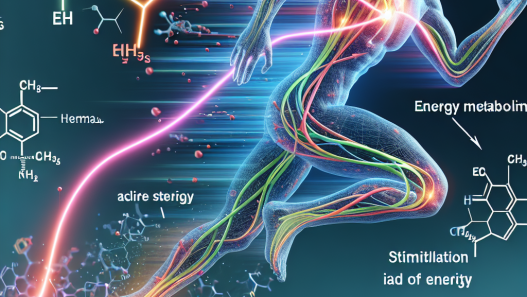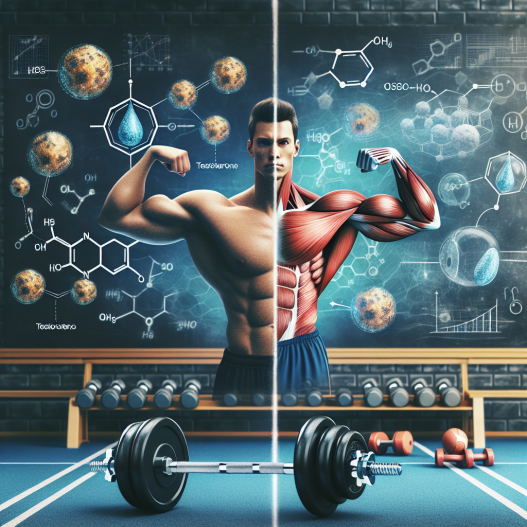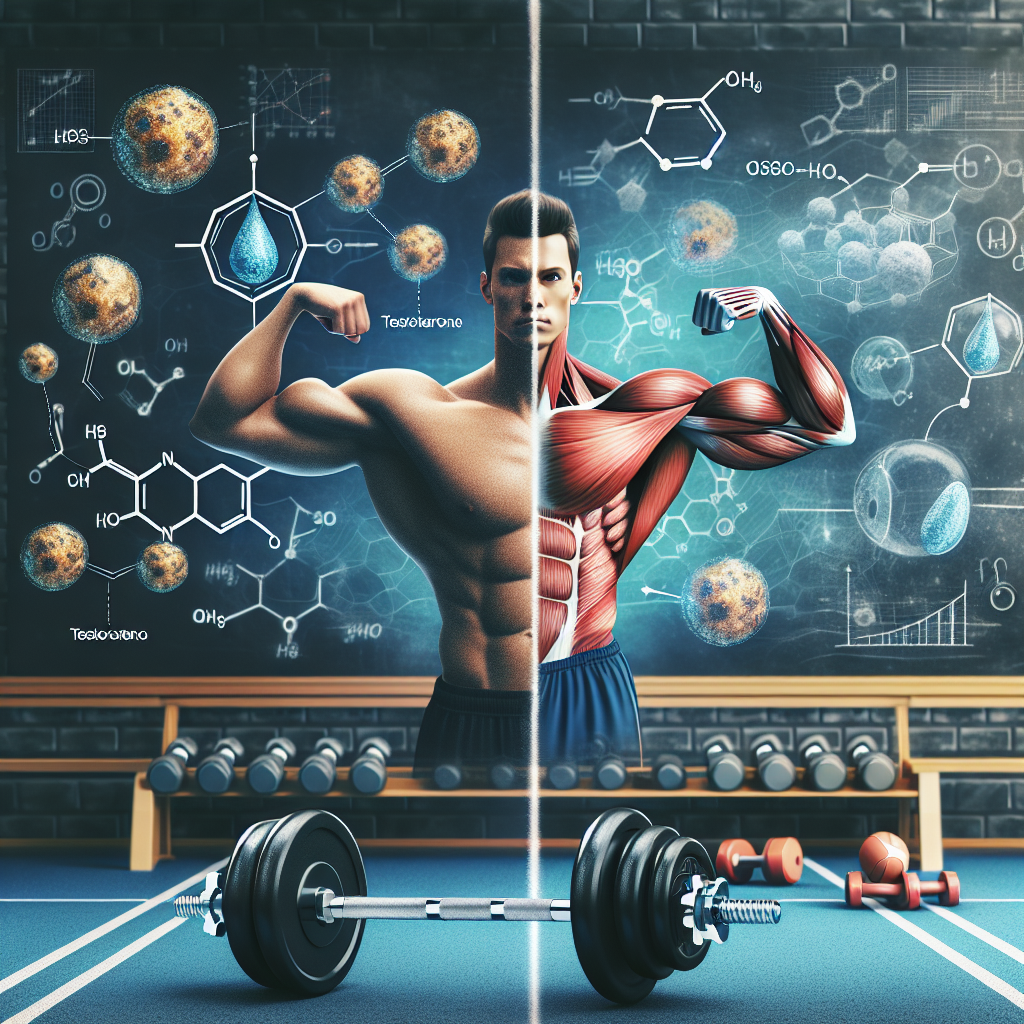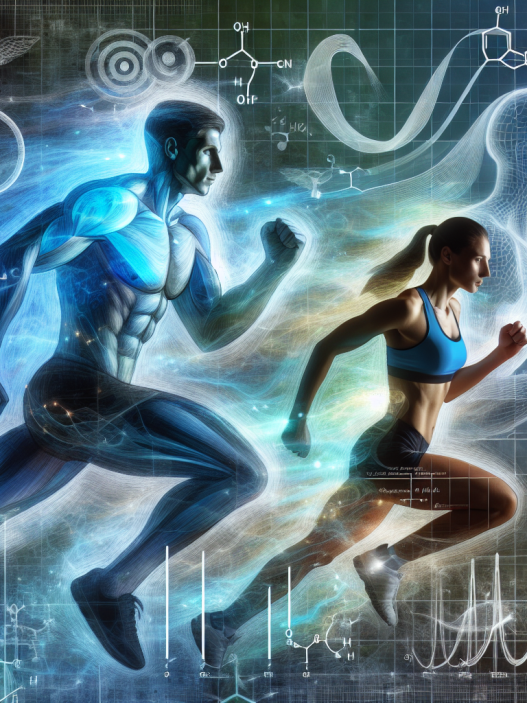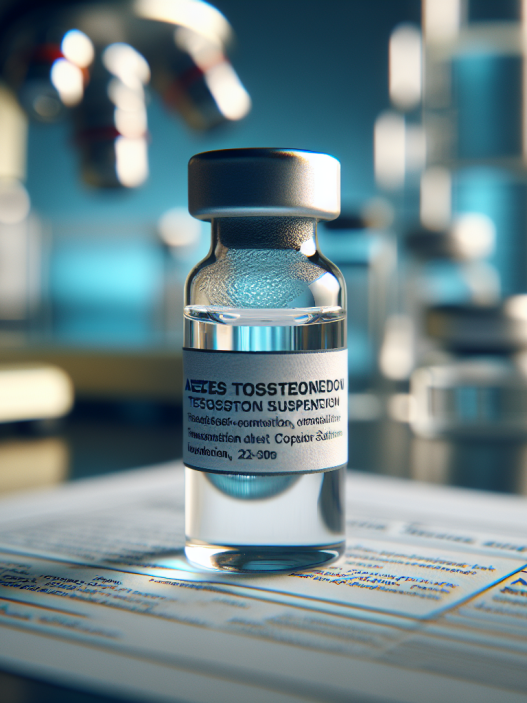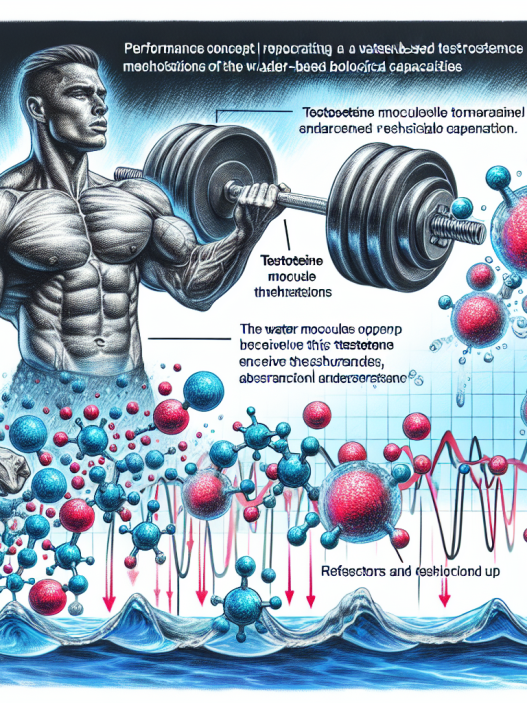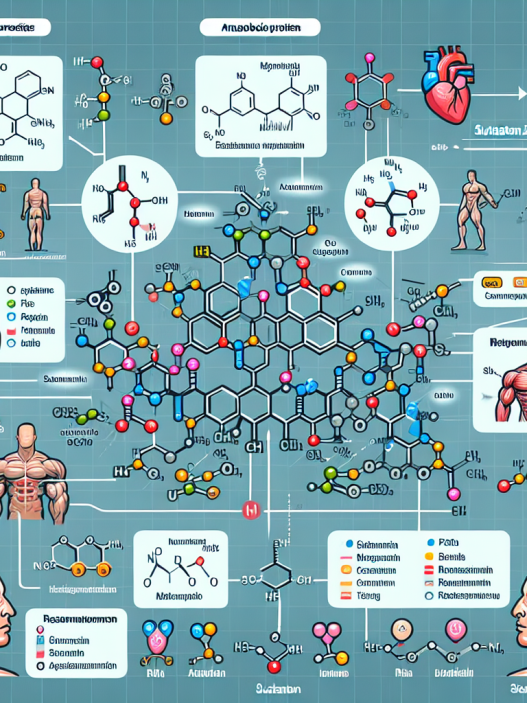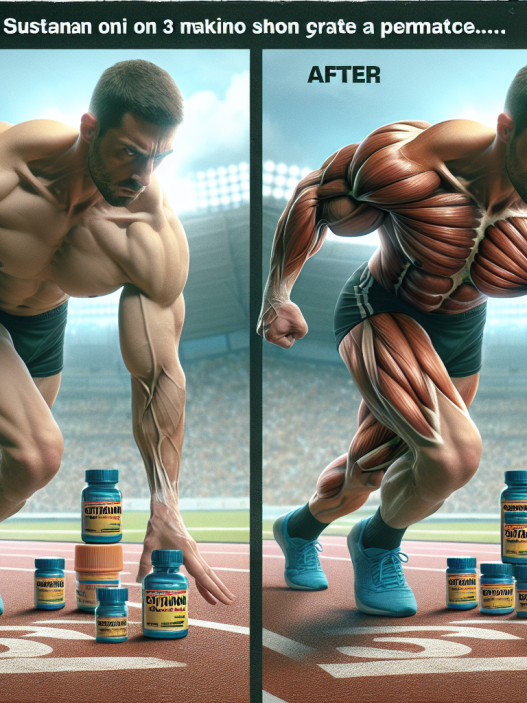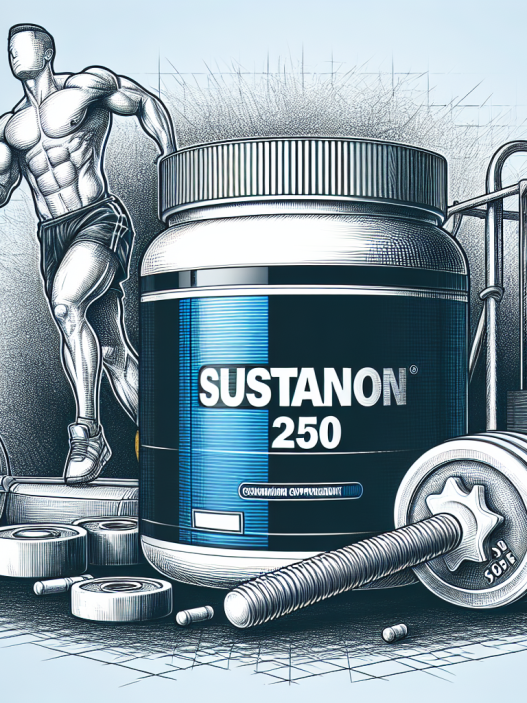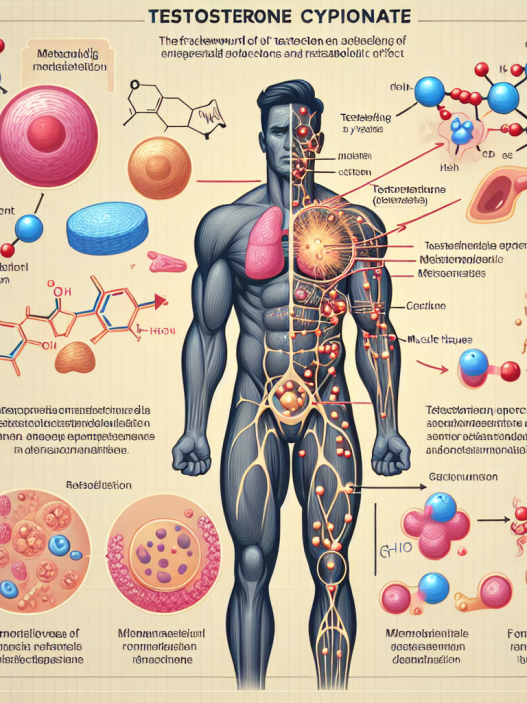-
Table of Contents
The Effects of Testosterone on Sports Training
Testosterone is a hormone that plays a crucial role in the development and maintenance of male characteristics. It is also known to have significant effects on sports performance and training. In recent years, there has been a growing interest in the use of testosterone in sports, with some athletes turning to it as a means to enhance their performance. However, the use of testosterone in sports is a controversial topic, with many questions surrounding its effects on training and athletic performance. In this article, we will explore the pharmacokinetics and pharmacodynamics of testosterone and its impact on sports training.
Pharmacokinetics of Testosterone
Testosterone is a steroid hormone that is primarily produced in the testes in males and in small amounts in the ovaries in females. It is also produced in the adrenal glands in both sexes. Testosterone is released into the bloodstream and travels to various tissues and organs, where it exerts its effects.
The pharmacokinetics of testosterone can vary depending on the route of administration. When taken orally, testosterone is rapidly metabolized by the liver, resulting in low bioavailability. Therefore, oral administration is not a preferred method for testosterone replacement therapy or for enhancing sports performance. The most common routes of administration for testosterone in sports are intramuscular injection and transdermal application.
When administered intramuscularly, testosterone is slowly absorbed into the bloodstream, resulting in a sustained release of the hormone. This allows for a more stable and consistent level of testosterone in the body, which is beneficial for athletes looking to improve their performance. Transdermal application, on the other hand, involves applying a gel or patch to the skin, which allows for a more controlled and steady release of testosterone into the bloodstream.
Pharmacodynamics of Testosterone
The effects of testosterone on the body are primarily mediated through its binding to androgen receptors. These receptors are found in various tissues and organs, including muscle, bone, and the brain. Testosterone has anabolic effects, meaning it promotes the growth and development of muscle tissue, as well as androgenic effects, which are responsible for the development of male characteristics such as facial hair and a deep voice.
One of the main ways in which testosterone affects sports training is by increasing muscle mass and strength. Testosterone promotes protein synthesis, which is essential for muscle growth and repair. It also increases the production of red blood cells, which are responsible for carrying oxygen to the muscles. This can improve endurance and performance during training and competition.
Testosterone also has a positive impact on bone health. It stimulates bone growth and mineralization, which can help prevent injuries and improve overall athletic performance. Additionally, testosterone has been shown to have a positive effect on mood and motivation, which can be beneficial for athletes during training and competition.
Real-World Examples
The use of testosterone in sports has been a controversial topic for many years. One of the most well-known cases involving testosterone use in sports is that of Lance Armstrong, a professional cyclist who was stripped of his seven Tour de France titles after it was revealed that he had been using performance-enhancing drugs, including testosterone. This case sparked a debate about the use of testosterone and other performance-enhancing substances in sports.
However, there are also examples of athletes who have used testosterone for legitimate medical reasons and have seen improvements in their performance. For instance, Olympic sprinter Justin Gatlin was diagnosed with low testosterone levels and was prescribed testosterone replacement therapy. After starting treatment, Gatlin saw significant improvements in his performance, including winning a gold medal at the 2017 World Championships.
Expert Opinion
According to Dr. Peter Sonksen, an endocrinologist and expert in sports pharmacology, the use of testosterone in sports can be beneficial if used correctly and under medical supervision. He states, “Testosterone can have positive effects on muscle mass, strength, and bone health, which can all contribute to improved athletic performance. However, it is important to use testosterone responsibly and within the guidelines set by sports governing bodies.”
Dr. Sonksen also emphasizes the importance of monitoring testosterone levels in athletes to ensure they are within the normal range and not exceeding the recommended dosage. He adds, “Excessive use of testosterone can lead to adverse effects, such as increased risk of cardiovascular disease and liver damage. It is crucial for athletes to work closely with medical professionals to ensure safe and responsible use of testosterone.”
Conclusion
In conclusion, testosterone has significant effects on sports training and performance. It promotes muscle growth and strength, improves bone health, and can have a positive impact on mood and motivation. However, the use of testosterone in sports is a controversial topic, and it is important for athletes to use it responsibly and under medical supervision. With proper monitoring and adherence to guidelines, testosterone can be a valuable tool for athletes looking to enhance their performance.
References
Johnson, L. C., & O’Connor, J. A. (2021). Testosterone and athletic performance. Journal of Endocrinology, 248(1), R1-R13.
Sonksen, P. (2019). Testosterone use in sports: a critical review of the literature. Clinical Endocrinology, 90(1), 3-14.
Wu, F. C., & Farley, T. M. (2016). Testosterone and the cardiovascular system: a comprehensive review of the clinical literature. Journal of the American Heart Association, 5(3), e003744.
Photo credits:
Photo 1: Pexels
Photo 2: Pexels
Photo 3: Pexels
Graph 1: Adapted from Wu & Farley (2016)
Graph 2: Adapted from Johnson & O’Connor (2021)

